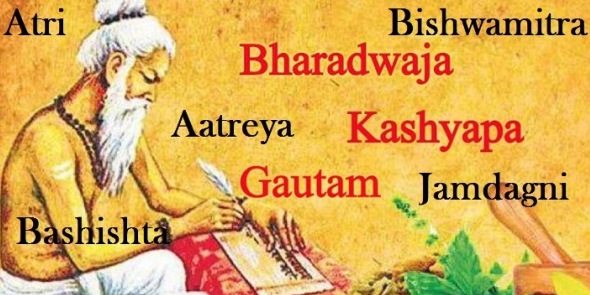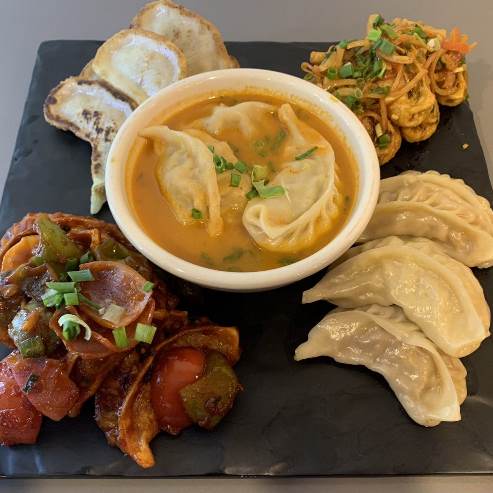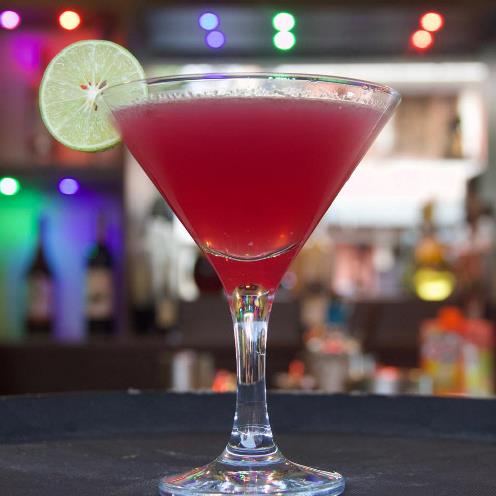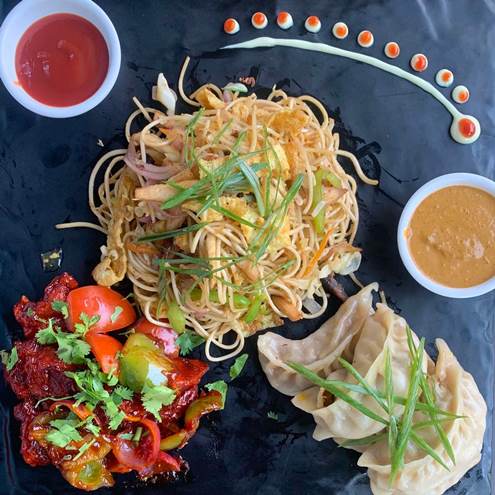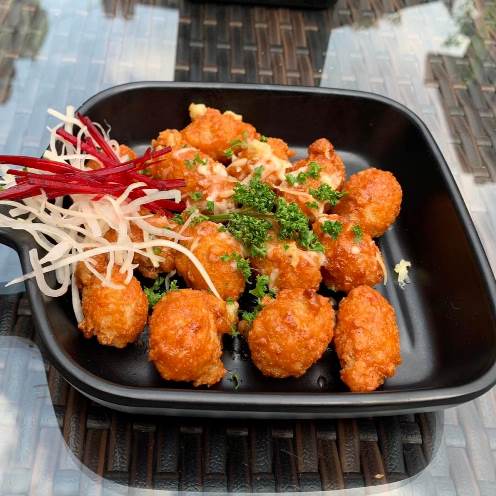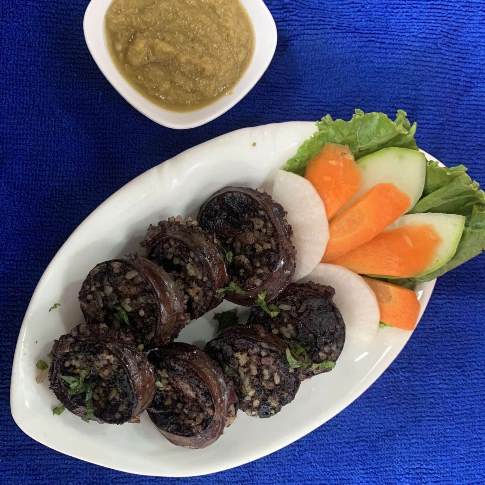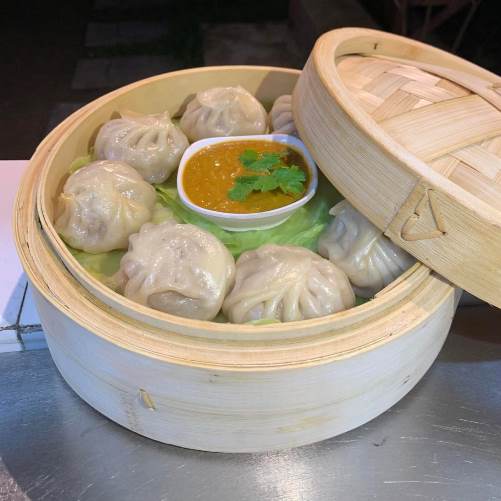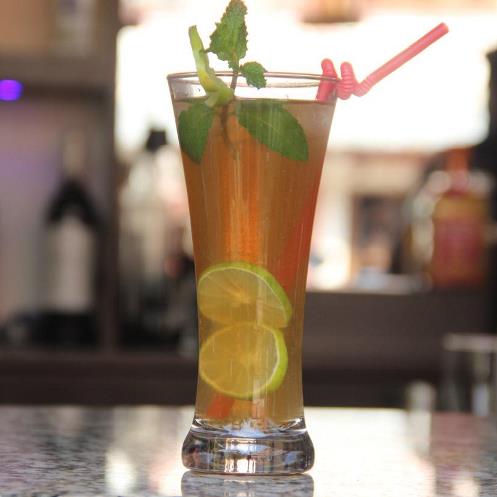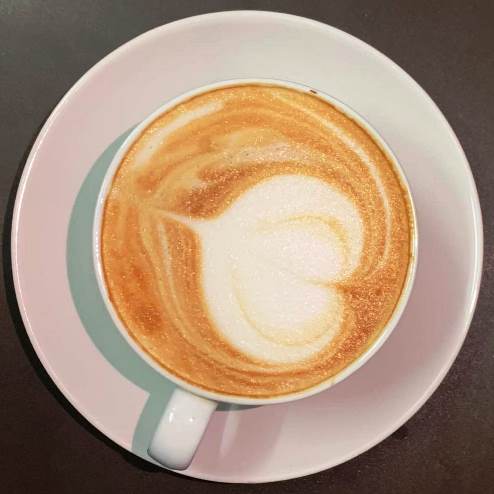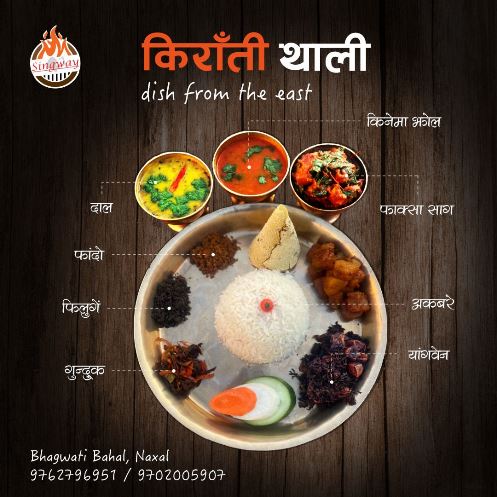Banshawali 2nd Edition
the role
Since time immemorial, people have been identified on the basis of work. Similarly, on the basis of the place of residence and the profession adopted by the ancestors as well as the accepted culture and education, the gotra, pravar and surname have been established. On this basis, the tradition of worshiping Kooldevata and Kooldevi has been going on since ancient times. Along with the development and expansion of the human race, they established their own suitable idols and worshiped them, and this became their identity and the lifestyle of the future generations.
Being a rational being, man wants to know where he comes from, what is his family background for his identity. In this process, how did the Sitaula surname continue, who is Kooldevata?, where is the root? It has become inevitable to publish as much information as possible without research and discussion.
The Sitaulas have established a tradition of worshiping Devadhideva Mahadev (Jarud Mahadev) and as the mother power (according to tradition, Kootwaldevi, sometimes Gangadevi, Airenidevi or Navadurga) as the main deities of the Hindu religion. During the research of the Sitaula dynasty, considering it from a spiritual point of view, all the Sitaulas available till date have been found to be of "Bhardwaj" gotri only. Our ancestors sage Bhardwaj considered Devadhideva Mahadev (Shiva) and Adisakti Devi (Navadurga) as the main deities and the subsequent generations have been following the same.
While researching the settlement of Sitaula dynasty, it is assumed that Upadhyaya Brahmin of Bharadwaj gotra first came from Kumaon Garhwal region of India and started settling in the difficult place of Mahakali region of Nepal. There is a legend that the place was initially covered with white sand, and our ancestors cleared it and turned it into arable land and settled there. It is said that due to this reason, other tol neighbors named the place as Sitto tol and the ancestor Upadhyaya Brahmin who lived in Sitotol was called Sittoole and the word was corrupted to Sittoula. My father Shri Prasad Sitaula himself also informed us in this way. That place must have turned into Sitaula Gaon in course of time. At present, it can be easily assumed that the place is Sitaula Village Development Committee of Mahakali Zone, Darchula District. According to the National Census, 2068, there is evidence that the village development committee has 557 houses and 3356 population.
There is a legend that Prithvi Narayan Shah brought some Situlas to the Narja Kapilas (Chuhandanda) area of Nuwakot after receiving help from the Situlas during the unification of Nepal. After the expansion of the clan in Nuwakot, some of them migrated to the east and some migrated to the vicinity of Nuwakot. As the family tree of the brothers who went to the east spread, Chandanda in Atharai, Moolpani (now Sankranti Bazar) in Taplejung district, Dhande, Phulbari, Hampang, Angbung in Panchthar, Kerabari, Jorpokhari and the main residence of the Medibung Sitaula clan across Tammor Kabeli location considered. From these original places, the Sitaula clan is found living in the hilly districts, mainly in the districts of Sankhuwasabha, Taraika, Sunsari, Morang and Jhapa. In the west, the Bandhus living in Nuwakot Narja Kapilas, Chuhandanda, Shikharbesi, Furkesalla, Khatrivensi, Bhadrutar, Salyankot (Big Katheri and Small Katheri) in Dhading District, Sunkhani Chainpur and Devbhoomi in Kavre District up to Chainpur Kushaltar, Timal and Bhumlatar (Koshipari) currently occupy most of the Kathmandu Valley. While some brothers have settled in their business areas, they are scattered from the main areas to Makwanpur, Bara, Parsha, Chitwan and Nawalparasi, Wardia, Kailali. Similarly, the Sitaula dynasty is also found in Assam, Manipur, Sikkim, West Bengal, Bhutan and Burma in India. As a result, now Sitaula brothers are living permanently or temporarily in Australia, New Zealand, Canada, America, European regions and some unheard-of regions of the world. Despite being in the corner of the world, the Sitaula brothers protect their culture and tradition by performing Gothdhup and Koolpuja regularly according to their tradition.
For the first time in 2048, after the publication of "Genealogy of Sitaulas", this genealogy book, which has been updated and prepared institutionally, has tried to give common information about the origin of the Sitaula clan. Up-to-date information is included as far as the chain of brothers scattered from East Mechi to West Mahakali and abroad is available. This version of the genealogy has been designed to make it easy to maintain generations, lineages and relationships. We believe that this will unite all the Sitaula families and achieve success in achieving the goals of the organization. The need for the institutional presence of Sitaula Seva Samaj Nepal has been urgently raised in the Sitaula village development committee of Darchula district, which is said to have been the first place where the Sitaula clan settled in Nepal. Genealogy searches, research, and new information should always be open to help complete the genealogy and give confidence to all. Therefore, before publishing the genealogy through the web site in the future, we promise to update it by correcting the errors, mismatched genealogy details and also including the details of the exempted relatives.


